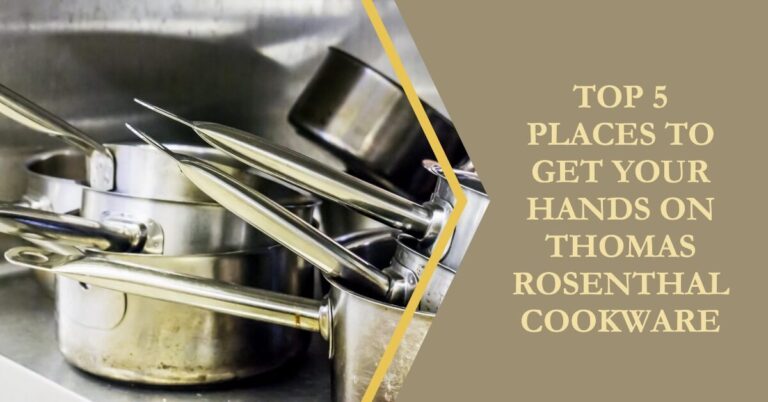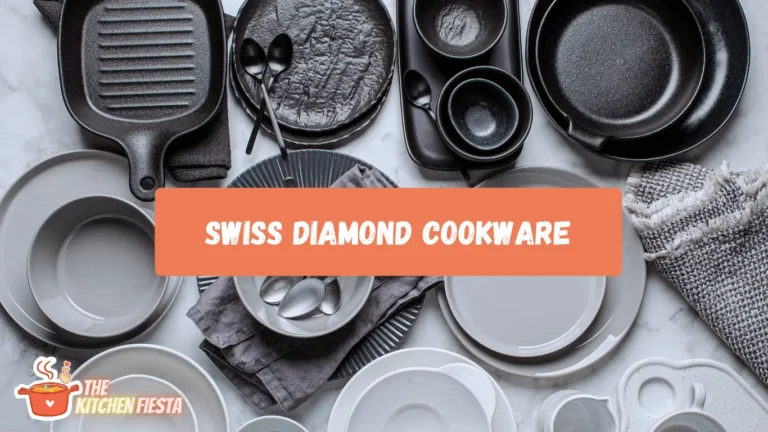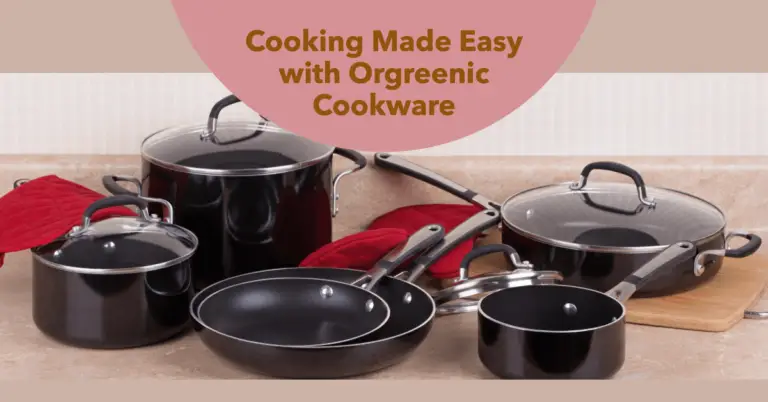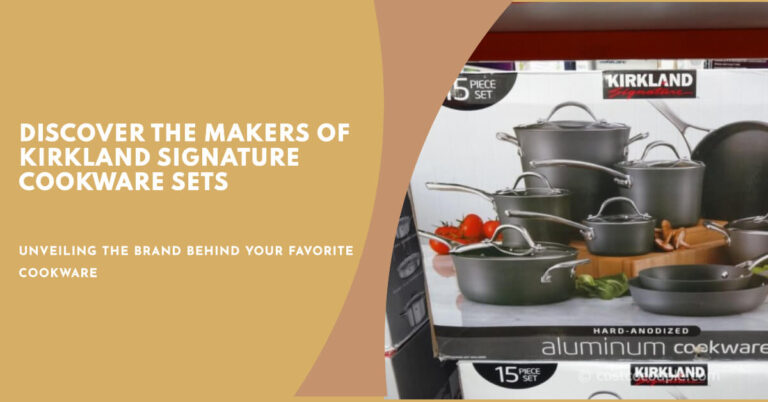Wolf vs Kitchenaid Range: Which Brand is Better for Your Kitchen?
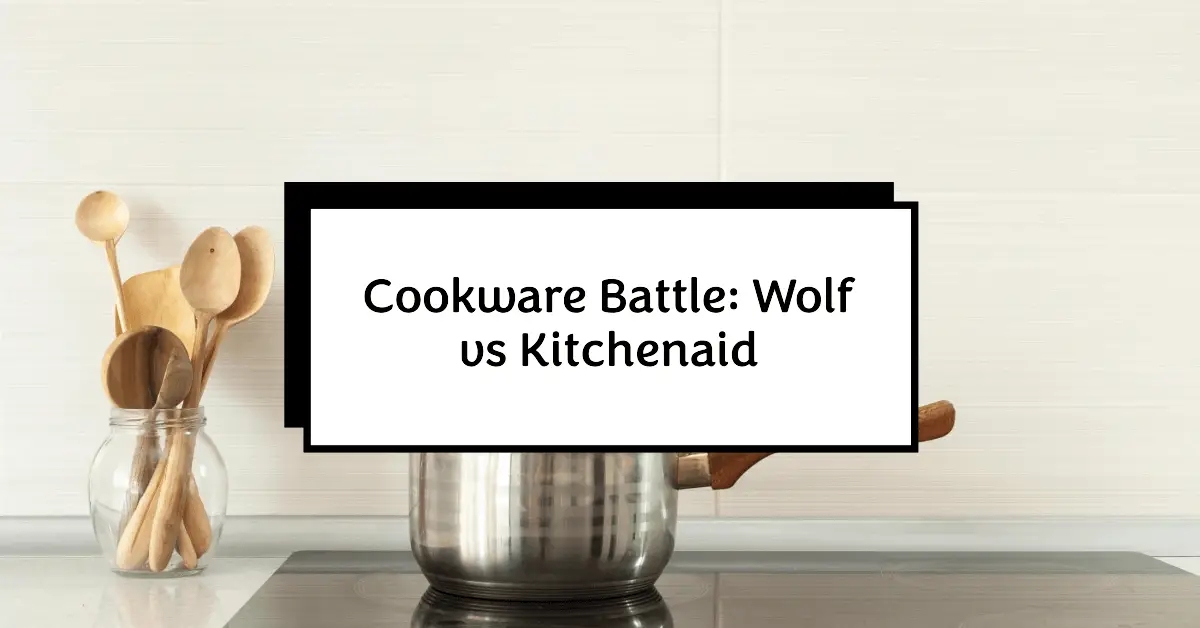
If you’re looking to upgrade your kitchen with a pro-style range, you may be trying to decide between luxury brand Wolf and more affordable yet still high-end Kitchenaid. These two iconic American appliance makers produce professional-quality ranges packed with features and performance.
But which brand is right for your needs and budget? To help you choose, we’ll compare Wolf vs Kitchenaid on reliability, pricing, oven performance, cooktop features, design, grilling options and more. By the end, you’ll know whether Wolf or Kitchenaid is the better fit for your kitchen.
Wolf Overview
Wolf ranges are the gold standard when it comes to luxury, made-in-America cooking appliances. For over 80 years, Wolf has been handcrafting exceptional professional ranges in their factories in Wisconsin and Kentucky.
With their meticulous quality control and outstanding customer service, it’s no wonder that 97% of Wolf owners say they would buy the brand again. Wolf ranges are built to last 15-20+ years even under heavy use. They also have excellent resale value should you ever decide to upgrade your kitchen again.
While they demand a premium price, Wolf ranges offer exceptional performance and reliability that can make them worth the investment for serious home chefs. Keep reading to see how they compare to Kitchenaid.
Kitchenaid Overview
Founded in 1919, Kitchenaid first made a name for itself with its iconic stand mixers. Over the past century, Kitchenaid has expanded into all categories of kitchen appliances including ranges.
Kitchenaid ranges offer a more affordable alternative to Wolf, ranging from about $2,000 to $7,500 depending on size and configuration. They provide serious cooking performance and plenty of features in an attractive package.
However, Kitchenaid quality control is not as robust as Wolf’s. There are more reports of oven hotspots, premature failures, and customer service issues compared to Wolf. But many home cooks are extremely satisfied with Kitchenaid, especially considering the lower prices.
Reliability and Durability
Reliability is where Wolf really stands apart. Every component is rigorously tested in Wolf’s US factories to ensure flawless performance over decades of use. The exceptional QA helps justify the steep prices.
Reviews consistently praise the outstanding longevity of Wolf ranges. It’s not uncommon to find Wolf ranges still performing like new after 15-20 years. And Wolf’s limited lifetime warranty provides extra peace of mind.
Kitchenaid quality control seems to be less stringent, based on higher rates of reported issues compared to Wolf. Problems like uneven baking, early component failure, and lackluster customer service crop up more frequently among Kitchenaid owners.
That said, many Kitchenaid owners love their ranges and use them without issue for years. Overall reliability is decent, but quality varies more unit to unit compared to Wolf’s consistency. Weigh options carefully.
Pricing and Budget
There’s no getting around the fact that Wolf commands a significant price premium over Kitchenaid. Their pro-style ranges start around $4,500 and run well over $15,000 for the largest sizes and most advanced features.
Given how much more affordable Kitchenaid is, Wolf may be out of reach unless you have an ample appliance budget. Kitchenaid ranges start around $2,000 and top out around $7,500.
Of course, the wildly different pricing reflects the different quality levels and features you get. Wolf packs in commercial-grade performance and tech you rarely find elsewhere, which comes at a cost. Kitchenaid offers good performance for more budget-conscious buyers.
It’s also worth considering resale value. Wolf’s industry-leading reputation means its products retain value extremely well should you sell your home. So that high initial price can pay off later since buyers know they’re getting an incredible appliance.
Oven Performance and Technology
The oven is the heart of any range, and both Wolf and Kitchenaid offer high-powered options. Across the board, Wolf ovens tend to provide exceptionally even baking and temperature control for perfect results.
Wolf’s dual convection system, with both fans and heating elements surrounding the oven, provides incredibly even heat. This makes them excellent choices for finicky baking projects like bread.
Unique Wolf oven features include infrared broilers for fast searing, built-in temperature probes to monitor doneness, and infrared warming lights to keep food at serving temp. There are also steam ovens and baking drawers available.
Kitchenaid ovens utilize traditional convection fans and heating elements with decent but not outstanding temperature control. Some owners report hot and cold spots, especially in larger ovens. But for most cooking tasks, they work very well.
Steam ovens, convection baking, and warming drawers are also Kitchenaid oven options that round out their range capabilities. Overall good performance but Wolf still edges out.
Cooktop and Burner Options
The cooktop is where you’ll do most everyday cooking, so surface performance is important. Both brands offer gas and electric induction options.
Wolf’s trademark red knobs control up to six burners with a market-leading 20,000 BTU power level on some models. This lets them boil a gallon of water in under 4 minutes. Paired with simmer as low as 300 BTUs, Wolf burners provide exceptional versatility.
Kitchenaid’s largest burners reach about 18,000 BTUs. They still provide excellent high-heat output but can’t quite match Wolf’s burner power. Low simmer abilities are also decent but not class-leading.
Beyond standard burners, Wolf offers unique cooktop options like infrared charbroilers for outdoor-style grilling indoors as well as French tops with embedded burners for easy cleaning.
For induction, Wolf and Kitchenaid ranges both provide responsive, precise electric cooktops. Wolf does edge out Kitchenaid but both perform very well.
Design Aesthetics
Wolf and Kitchenaid ranges both provide professional style at home. But they take quite different design approaches.
The Wolf look embraces luxurious pro styling with chunky knobs, stainless accents, arched island trim, and patented red knobs. Their imposing ranges make a statement in luxury kitchens.
Kitchenaid opts for smoother, more colorful aesthetics. While still pro-inspired, their ranges offer curved contours, unique materials like diamond-patterned porcelain, and a wider range of color options.
Wolf definitely says “commercial power” while Kitchenaid aims for “refined professionalism.” It’s simply a matter of which design language speaks to you and fits your kitchen decor best.
Grill and Smoker Functions
Integrated grills seamlessly blend in with range cooktops to give you indoor/outdoor cooking flexibility. Both brands offer grill options.
Wolf’s 24″ grill head installs right into the rangetop to perfectly match other burners and knobs. It provides serious infrared grilling with temperatures up to 800F+ for excellent searing. A built-in smoker box accessory infuses wood-smoked flavors.
Rather than building grills into the range, Kitchenaid sells a series of standalone grill modules. They don’t integrate quite as seamlessly but let you customize your grill size from 30″ to 60″. Performance is impressive with both infrared and convection grilling.
For occasional grilling, Wolf’s integrated grill head excels. But Kitchenaid’s larger standalone grills better serve dedicated grill masters.
Comparing the Pros and Cons of Wolf vs. Kitchenaid
Here are the pros and cons of Wolf and Kitchenaid ranges in detail:
Wolf Range Pros
- Exceptional reliability and durability – ranges often last 20+ years
- Meticulous quality control – all components rigorously tested
- Commercial-grade performance – high BTU burners, excellent oven control
- Unique features like dual convection, infrared broiler, temperature probe
- Luxurious pro-style aesthetics – bold stainless and red knobs
- Built-in grill head provides serious infrared grilling
- White glove customer service and support
Wolf Range Cons
- Very expensive – ranges start around $4,500 and can exceed $15,000
- Luxury pricing puts it out of reach for many buyers
- Limited color options – mostly stainless steel and black
- Large, imposing design won’t work with all kitchen aesthetics
Kitchenaid Range Pros
- Much more affordable pricing from $2,000-$7,500
- Provides pro-style performance for less
- Smoother, sleeker aesthetic with curved design
- Wider range of color options beyond just stainless
- Standalone grills allow for larger sizes up to 60″
- Convection and steam cooking abilities
- Can be a good value alternative to pricier brands
Kitchenaid Range Cons
- Quality control and reliability not to Wolf standards
- More reports of uneven baking, hot/cold spots in ovens
- Maximum burner output lower at 18,000 BTU
- Customer service not as white glove as Wolf
- Sometimes finicky electronics and premature failures
Service and Support
Given their steep prices, you expect extraordinary service when you buy Wolf. And by all accounts, Wolf delivers white glove customer service and support.
Owners rave about responsive, knowledgeable support staff that quickly resolves any issues. Wolf doesn’t mess around if a part ever fails, immediately sending replacement parts and technicians if needed.
Kitchenaid service is decent but not on Wolf’s level. More owners experience extended wait times, unknowledgeable reps, and hassles getting repairs completed. It reflects the difference in how seriously each brand takes service.
Also consider that Wolf’s network of authorized dealers includes premium showrooms that specialize in high-end appliances. You often get superior buying experience and post-purchase support.
Wolf vs Kitchenaid Ranges: Bottom Line
When it comes down to Wolf vs Kitchenaid, Wolf clearly represents the pinnacle of luxury pro-style ranges. Their meticulous craftsmanship and commercial-grade performance are second to none.
That unmatched quality and service does come at a steep price. Kitchenaid provides an excellent value alternative for buyers looking for high capabilities without the five-figure price tag.
If budget is no concern and you want the absolute best, Wolf reigns supreme. But Kitchenaid ranges allow more home cooks to enjoy professional performance and features. Carefully weigh your needs, budget, and kitchen design to decide.
Whichever you choose, both Wolf and Kitchenaid ranges provide serious cooking ability that will make your kitchen the envy of everyone who enters. Bring restaurant power into your home cooking, whether you opt for the Rolex of Wolf or the intelligent choice of Kitchenaid.

